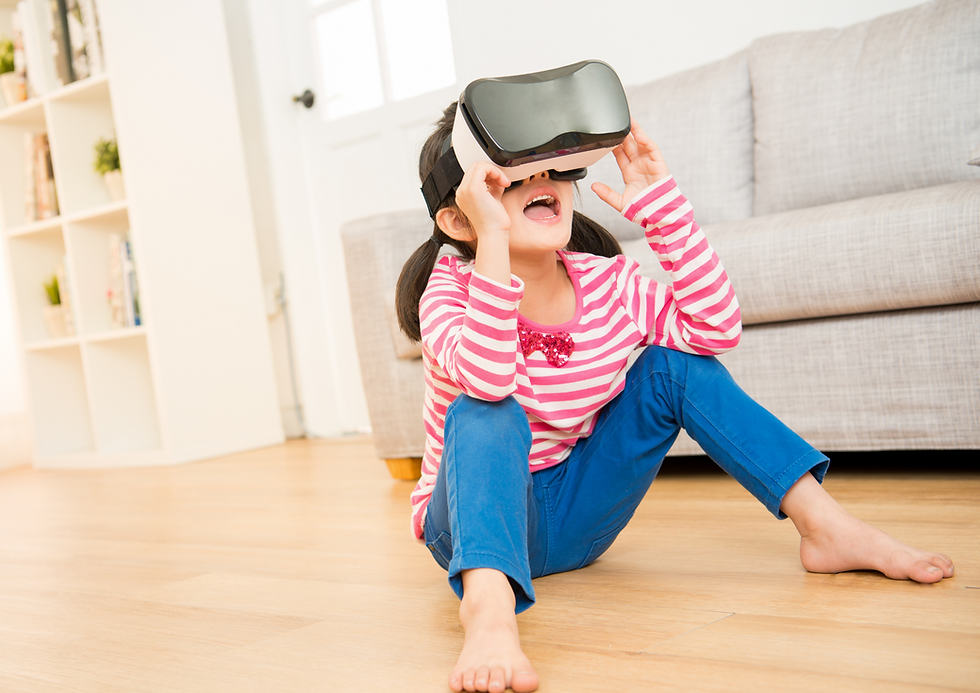How to Handle Noise Sensitivity in Autistic Children*
- Glenda Carnate

- Mar 19
- 2 min read

For many autistic children, loud or unexpected sounds can feel overwhelming, leading to distress, meltdowns, or avoidance. Noise sensitivity isn’t just about volume but how the brain processes sound. The good news? There are practical ways to help your child navigate a noisy world more comfortably and confidently.
1. Identify Triggers and Patterns
Not all sounds are equally distressing. Some children struggle with sudden noises like alarms, while others find background chatter or echoing spaces overwhelming. Keep a log of when your child reacts negatively to noise—this can help you identify patterns and find solutions.
2. Create a Safe Sound Space
Having a quiet retreat at home can be a game-changer. Set up a sensory-friendly area with noise-canceling headphones, soft furnishings, and calming activities. This space allows your child to self-regulate when sound becomes too much.
3. Use Noise-Reducing Tools
Noise-canceling headphones or ear defenders can be incredibly helpful in crowded places, schools, or events. White noise machines or calming music can also help mask distressing sounds and provide a predictable auditory environment.
4. Prepare for Noisy Situations
If your child is sensitive to certain environments (like grocery stores or birthday parties), gradual exposure can help. Use social stories, videos, or role-playing to prepare them for what to expect. Having an exit plan can also reduce anxiety.
5. Teach Self-Regulation Strategies
Encourage your child to recognize when sound becomes too much and use coping strategies. Deep breathing, fidget tools, or requesting a break can help them manage overwhelming moments.
By understanding and supporting your child’s sensory needs, you can help them feel more comfortable and confident in a world full of sound.
For more information, download the One Autism Health app for FREE.
*results may vary, please consult a professional.




Comments